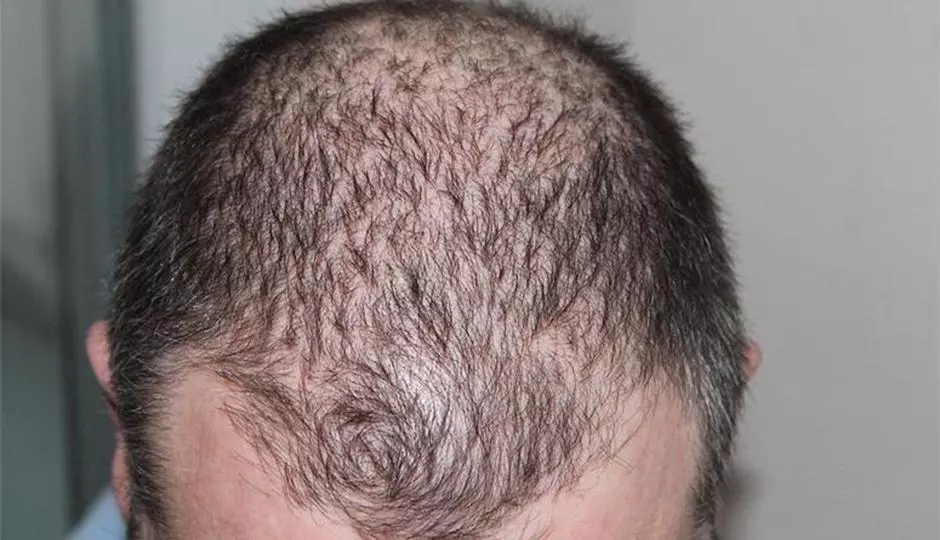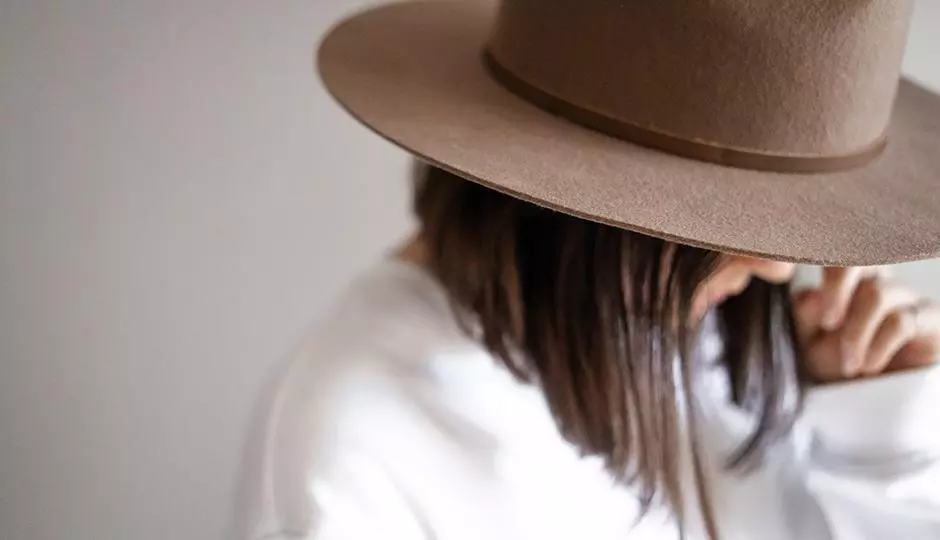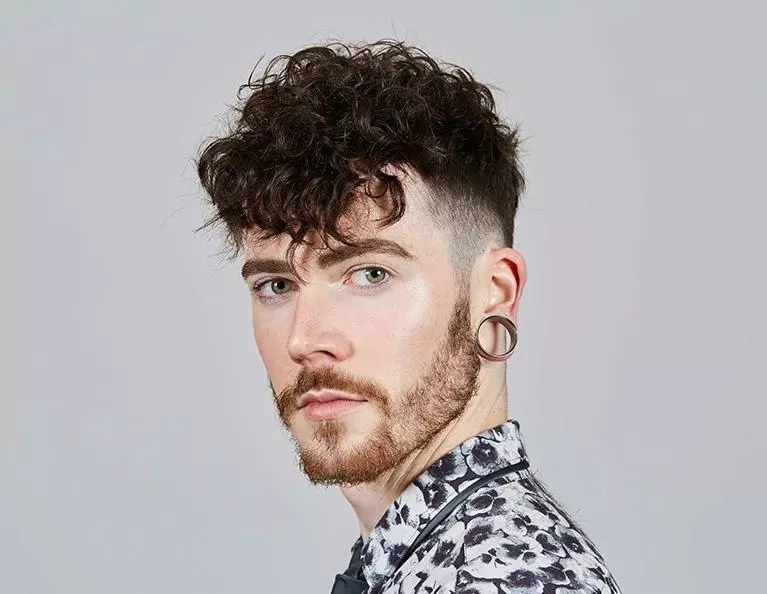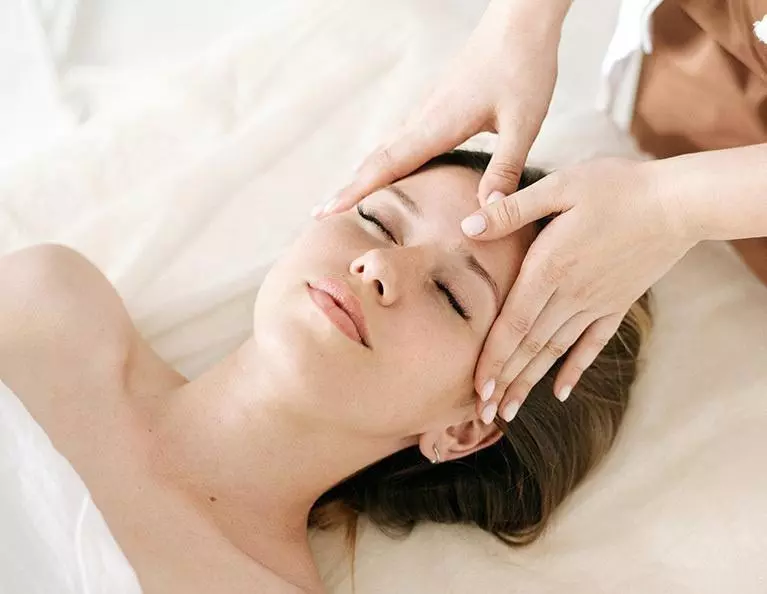Alopecia, or hair loss, can be a distressing condition to live with, and finding a way of managing the problem can also be a challenge. Androgenetic alopecia affects over half the global population, including 50 percent of women over 65 and 40 percent of men over 40. However, one of the best ways of tackling alopecia is to use low dose laser hair therapy. Here’s how this treatment works and the types of people best suited to it.
How Laser Hair Therapy Works
The lasers used in hair treatments are very different from those used for cutting and surgical procedures. For instance, these particular lasers are low dose, unlike some of the surgical and industrial lasers, and do not damage the skin. In fact, the light from the low dose laser actually passes through the skin, which stimulates a process called phototherapy that promotes the growth of any weak hair follicles. Although this process cannot revive dead follicles, it does stimulate the blood supply to weakened cells. The effects are not permanent and, although some clients see changes in a few weeks, the major transition occurs between six to 12 months. Repeat treatments are likely, so clients will need to be patient and persist with the therapy. The best results have been seen by using a combination of treatments, such as nutritional supplements and medication like minoxidil, along with laser therapy.
The Benefits of Laser Hair Therapy
Clients do not require sedation or anesthesia to have laser therapy, since it is an external treatment. There are also handheld devices that can be self-administered by the client. However, although several devices have been approved by the United States Food and Drug Administration, these tools are less powerful than those found in a hair replacement studio, which means they will be less effective.
Seeking professional advice before embarking on laser hair therapy is important. Initial studies indicate it is effective. Laser hair therapy is also less expensive than other treatment options, such as a hair transplant.
Where to Find a Laser Therapy Specialist
Before starting any laser hair treatment, it is important to speak to a hair loss specialist to establish the cause of your hair loss. If, for example, the hair loss is due to a thyroid disorder or anemia, then laser therapy likely won’t work and you’ll need another type of treatment for the condition. However, if your alopecia can be attributed to a genetic disorder, then it is likely that laser hair therapy will be able to help. Check online for a qualified hair restoration studio that will be able to talk through the options and plan your treatment.
Remember that laser therapy usually does not work after only one treatment, so you’ll need to be patient. There’s no reason you shouldn’t wear a wig between treatments and while your hair is growing back. A hair loss specialist will be able to tell you whether taking a combination of nutrients or medication with the laser treatment is likely to help.
In summary, laser hair treatment for alopecia is an effective way of treating the problem. It is relatively inexpensive compared to other treatments and is potentially life changing to someone suffering the effects of alopecia.
New Look Institute’s hair loss specialists are dedicated to delivering an unparalleled level of care and focus on your individual hair loss concerns, comfort, and privacy. We offer laser hair therapy and several other non-surgical hair restoration options for women and men. Contact us today!
Photo Credit: bykst Via Pixabay







